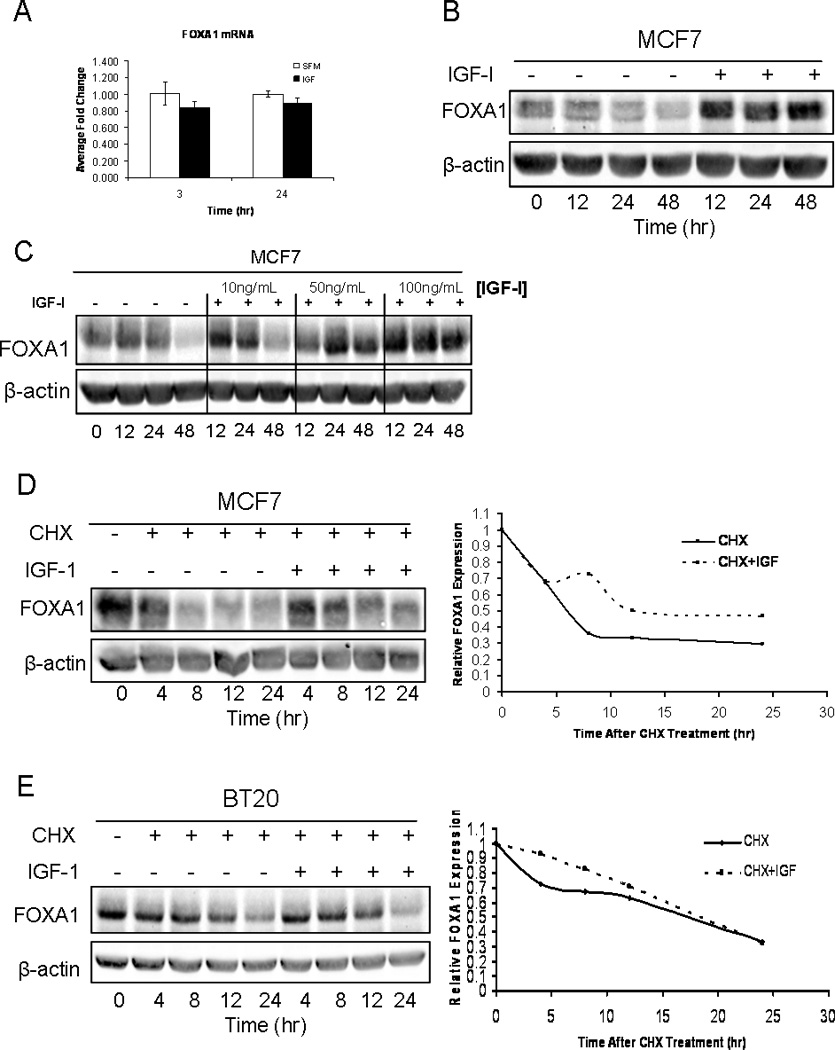Figure 3. IGF-I increases the half-life of FOXA1 protein in MCF7 Cells.

A) MCF7 cells were either maintained in serum-free medium or treated with IGF-I (100ng/mL) for 3 or 24 hours. Cells were then lysed and RNA was harvested. Q-RT-PCR analysis was used to calculate relative mRNA expression as fold change compared to serum-free conditions. The data are an average of three biological replicates ± SEM. A t-test analysis was performed in which the IGF-I treated group was compared to the serum-free group (* p<0.05). B) MCF7 cells were either maintained in serum-free medium or treated with IGF-I (100ng/mL) for 0, 12, 24 or 48 hours. Cells were then lysed, protein was harvested, followed by western blot analysis as indicated. C) MCF7 cells were either maintained in serum-free medium or treated with 10ng/mL, 50ng/mL or 100ng/mL of IGF-I for 0, 12, 24 or 48 hours. Cells were then lysed, protein was harvested, followed by western blot analysis as indicated. D) MCF7 cells were either maintained in the presence of cycloheximide (CHX) alone, or CHX in combination with IGF-I (100ng/mL) for 0, 12, 24 or 48hours. Cells were lysed and protein was harvested followed by western blot analysis. Blots represent prototypical examples of experiments replicated at least three times. Quantitative data (OD, optical density) for D is shown in the right panel. E) BT20 cells were either maintained in the presence of cycloheximide (CHX) alone, or CHX in combination with IGF-I (100ng/mL) for 0, 12, 24 or 48hours. Cells were lysed and protein was harvested followed by western blot analysis. Quantitative data (OD, optical density) for E is shown in the right panel.
